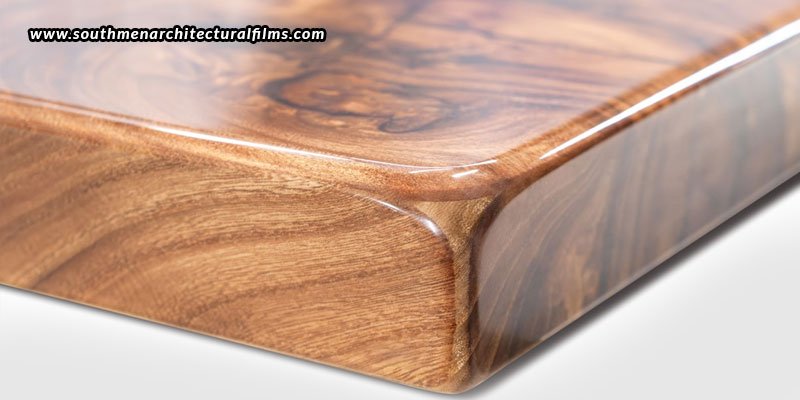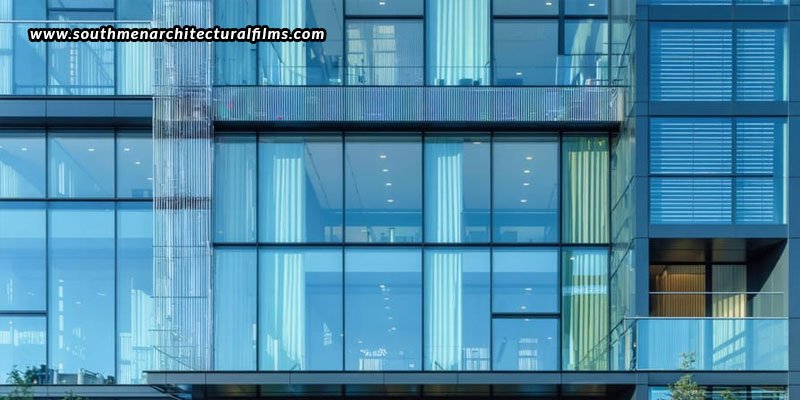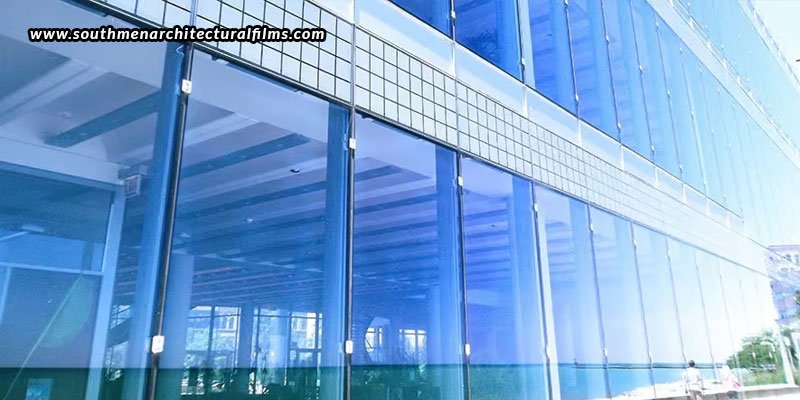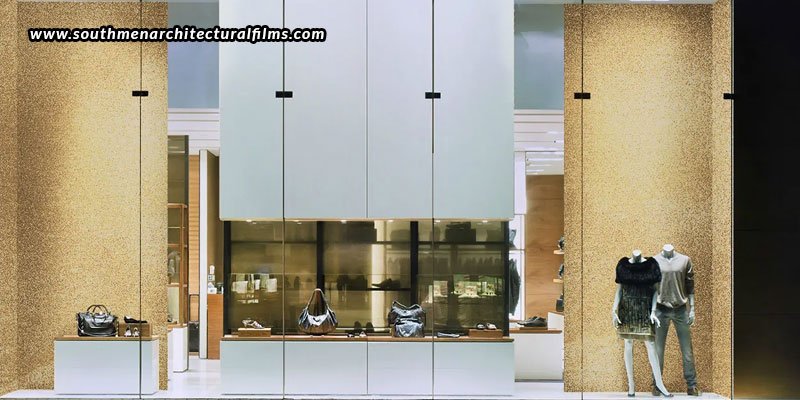Although Paint Protection Film (PPF) is most commonly associated with the automotive sector, its uses are not limited to automobiles. PPF is a flexible protective coating that may be used on a range of surfaces, such as industrial machinery, furniture, appliances, and architectural surfaces. This thorough study examines PPF’s advantages in each of these many applications, showing why it’s a wise investment in a variety of situations.
What is Paint Protection Film (PPF)?
Paint Protection Film is a thermoplastic urethane film that is transparent, flexible, and long-lasting, and it is used to shield surfaces from harm. PPF, which was first created for military usage, has grown into a versatile material that protects surfaces against UV rays, chips, stains, and scratches in a variety of industries. Modern PPF materials frequently have self-healing characteristics that allow small scratches to vanish with heat application.
The history and evolution of PPF
PPF was first developed to guard against debris damage to helicopter rotor blades during the Vietnam War. This protective film was developed by 3M and quickly made its way into the automotive industry. PPF’s qualities increased with the advancement of technology, making it appropriate for a variety of applications. PPF is thus now utilized on many other surfaces that need to be protected from normal wear and tear.
How PPF protects different surfaces
- Vehicles
Paint Protection Film (PPF) protects car paint from road debris, reducing chips and scratches and providing excellent vehicle protection. Additionally, it shields the paint from UV ray fading and stops environmental pollutants like tree sap and bird droppings from discolouring it.
- Furniture
Glass and wooden furniture can have PPF applied on them to prevent scratches, stains, and discoloration. It shields against spills and normal wear and tear, and facilitates cleaning. PPF maintains the furniture’s original appearance by averting small damages.
- Home appliances
PPF shields household appliances like microwave ovens, conventional ovens, and refrigerators from fingerprints and scratches, guaranteeing that these equipment stay clean and shining. The PPF also boosts their functionality, helping them to tolerate high temperatures, thus enhancing their longevity and appearance.
- Architectural surfaces
Architectural surfaces that receive a lot of traffic, such as walls, doors, and counters, are protected against scuffs, stains, and impacts by PPF. It lowers maintenance expenses by preventing sunlight-exposed surfaces from fading and discolouring, and by making them easier to clean and maintain.
- Industrial equipment
PPF considerably lowers the frequency of repairs and repainting by shielding industrial machinery and equipment against scuffs, corrosion, and chemical degradation. This results in significant cost savings and improved durability, prolonging the equipment’s lifespan by offering a strong protective covering.
- Electronics
PPF is a substance used in electronics to prevent scratches and fractures on laptop, tablet, and smartphone displays. It keeps the bodies of electronic equipment safe against normal wear and tear so they continue to look like new for longer. Furthermore, PPF prevents fingerprints and smudges from appearing on electrical equipment.
- Marine and aviation applications
PPF is very helpful in marine and aviation applications since it shields planes and boats against corrosion brought on by seawater and inclement weather. It works as a barrier against small impacts and abrasions and stops external surfaces exposed to the sun from fading and deteriorating.
Long-term benefits of investing in PPF
Investing in Paint Protection Film (PPF) offers a multitude of long-term benefits across various applications, from vehicles to furniture and beyond.
- Aesthetic preservation
PPF serves as a strong barrier against fading, stains, and scratches, maintaining the original appearance and texture of surfaces. Maintaining the visual appeal of expensive objects such as high-end automobiles, designer furnishings, and electrical devices is very important.
- Enhanced resale value
PPF raises the value of protected products when they are resold. Prospective purchasers find vehicles, gadgets, and expensive furnishings that have PPF preserved more appealing. The film makes sure that these things work properly over time in addition to looking great, which might support greater resale values.
- Cost savings
Financially speaking, applying PPF delivers significant long-term savings even though the initial cost may be more than that of other conventional preventive measures like waxing or coating. PPF lessens the need for routine maintenance, repainting, and repairs that are usually necessary to keep surfaces looking their best.
- Ease of maintenance
PPF considerably streamlines maintenance in terms of upkeep. PPF-protected surfaces require less time and effort for normal maintenance since they are simpler to clean and maintain. This feature is particularly helpful for goods that are used regularly in high-traffic locations, where upholding appearance and cleanliness is crucial.
- Durability and longevity
PPF’s resilience and endurance support environmental sustainability. PPF contributes to resource conservation and environmental impact reduction by minimizing the need for frequent replacements and lowering waste from discarded or repaired objects.
As can be seen from the above content, PPF is an efficient and cost-effective investment that can be used to cover a variety of surfaces. PPF provides unmatched protection against stains, scratches, UV damage, and normal wear and tear on a wide range of items, including automobiles, furniture, appliances, architectural surfaces, and industrial equipment. Its long-term advantages further make it a crucial preventative strategy in a variety of situations. For the most premium Paint Protection Film in Bangalore, you can always get in touch with Southmen, whose PPF film’s usefulness and applicability are of the finest quality, and are also anticipated to grow as technology develops, reaffirming its position as an essential part of surface protection plans.




